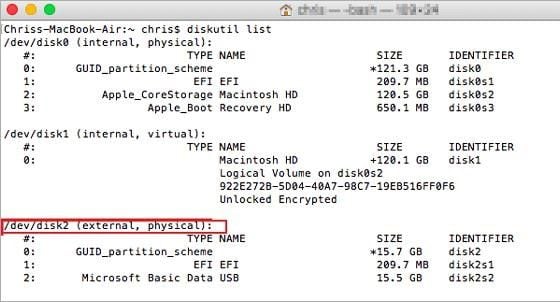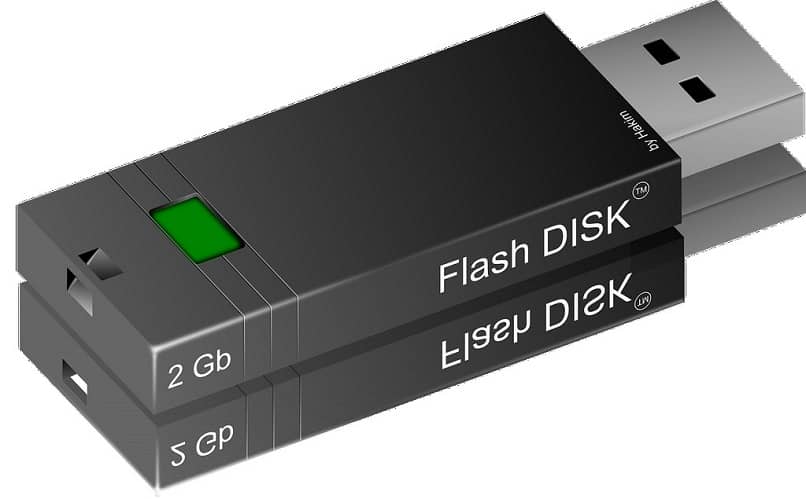
- FORMAT FLASH DRIVE ON MAC HOW TO
- FORMAT FLASH DRIVE ON MAC FULL
- FORMAT FLASH DRIVE ON MAC WINDOWS
Besides, it supports on-the-fly file encryption.
NTFS: It can create partitions larger than 32GB and read/write files larger than 4GB. But it cannot handle single files larger than 4GB and has a limited partition size (up to 32GB). FAT32: It’s compatible with all major operating systems and uses less memory usage. We can’t talk about formatting without talking about file system as it differs when we are using the different computers the common file systems are FAT32, exFAT, and NTFS for Windows, APFS, HFS+, and exFAT for macOS, here we will only talk about the most common file systems when formatting a USB flash drive: 
Which File System Should I Choose for a USB Flash Drive?
Meanwhile, it also creates a filing system that can help organizes your data on Windows or Mac.
It wipes all the data stored on your flash drive and allows full use of the storage capacity.
Recover Files From a Formatted Drive Using Bitwar Data Recoveryįormatting is the fastest way to prepare the USB flash drive for the initial use. How to Perform a USB Drive Format on Mac?. Method 4: Format a USB Flash Drive Using PowerShell (Windows 10 Only). Method 3: Format a USB Drive Using Disk Management. Method 2: Format a USB Flash Drive Using Diskpart. Method 1: Format a USB Flash Drive Using File Explorer. How to Format a USB Drive on Windows 7/8/10?. Which File System Should I Choose for a USB Flash Drive?. Once the formatting is complete, you’ll see an icon for your flash drive appear on your Mac’s desktop. This option is at the top of the Disk Utility window.Ĭlick Erase, then click Erase when prompted. It’s on the far-left side of the Disk Utility window.Ĭlick the “Erase” tab. You’ll likely find this option in the middle of the Utilities page.Ĭlick your flash drive’s name. This option is in the Go drop-down menu.ĭouble-click “Disk Utility”. If you don’t see Go, first click the Finder icon, which resembles a blue face in your Mac’s dock.Ĭlick “Utilities”. It’s a menu item in the top-left side of the menu bar. Note: Some Macs don’t have USB ports, so you’ll need to purchase an adapter.Ĭlick “Go”. 
Your flash drive has successfully been formatted. Doing this will cause Windows to begin formatting your flash drive for you.Ĭlick “OK” when prompted. If you’ve formatted your drive before and you’re positive that it isn’t broken, you can also check the Quick Format box.Ĭlick Start, and then click OK. Note: exFAT format USB flash drives do not work with ClonerAlliance products.Ĭlick a format option (FAT32 or NTFS). Works with most computers and gaming consoles. If you’re using your drive as a secondary Windows drive, you’ll need to choose this option.įAT32 - The most widely compatible format. NTFS - The default Windows operating system format. A drop-down menu will appear with the following options: It’s below the “File System” heading near the top of the page. Doing so opens the Format window.Ĭlick the “File System” box. This option is near the middle of the drop-down menu. It’s beneath the “Devices and drives” heading in the middle of the page.Ĭlick Format. The drive, so make sure you back up your files before formatting yourĬonnect the USB flash drive to your computer.

Note: Formatting your flash drive will remove all files or folders on How to format a USB flash drive (Windows and Mac)? ¶







 0 kommentar(er)
0 kommentar(er)
